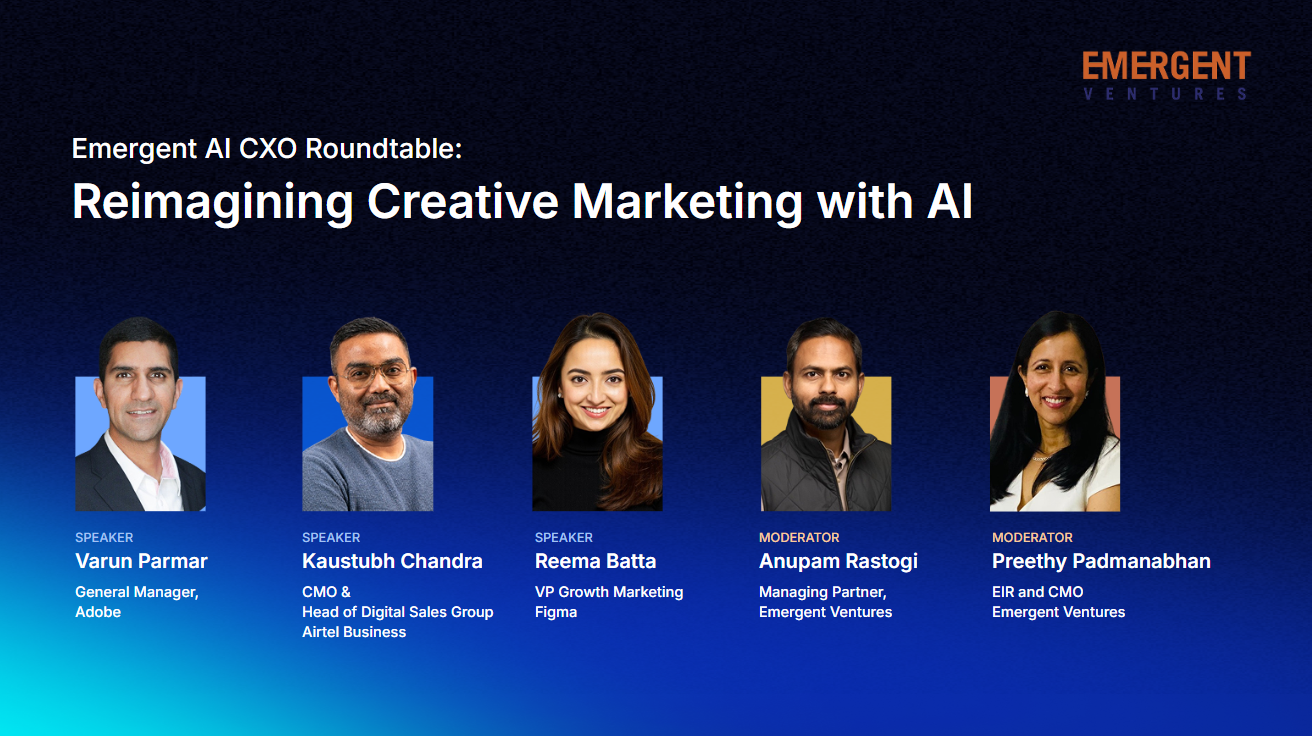Success in SaaS isn’t confined to a specific Annual Contract Value (ACV). There are winners across the entire ACV spectrum:
- DocuSign: ~$1K average deal size
- HubSpot: ~$10K
- ServiceNow: $100K+
- Veeva: $1M+
Each of these companies built scalable, enduring businesses — but with very different deal economics and go-to-market (GTM) motions.
This brings us to a critical truth for early-stage founders: the interplay between deal size, sales friction, and GTM scalability is crucial to success, and needs to be a key consideration from Day 0.
Enterprise Sales: High Friction, High Reward
Selling a tech product at the enterprise level demands resilience. You’ll navigate a maze of decision-makers, procurement hurdles, compliance checks, and budgeting cycles. Sales cycles stretch. Outcomes are unpredictable.
But — if you have a well-oiled GTM engine, large deal sizes, and strong customer retention and expansion motions — enterprise sales can create powerful growth compounding over time.
It’s why ServiceNow and Veeva became iconic category leaders.
SMB Success: Low Friction, High Velocity
On the other end, many successful SaaS companies thrive on smaller, faster deals.
They often build self-serve or product-led growth (PLG) models that minimize human interaction in early sales, focusing instead on inbound marketing, organic virality, and seamless onboarding.
Sales teams are layered in later for upselling or closing larger customers.
HubSpot is a classic example — an inbound marketing juggernaut that added sales overlays as it scaled.
Larger B2B SaaS companies eventually develop a portfolio of customer sizes and GTM motions, blending SMB, mid-market, and enterprise segments.
The Critical Consideration for Early-Stage Founders
At early stages, you cannot afford to be agnostic. You must align deal size and sales friction early.
The key is figuring out a GTM motion where the effort of completing a sale (“sales friction”) and ACV deal sizes are proportionate to each other.

Smaller deals can work with low sales friction, i.e. high velocity sales
Large deals can be viable even with high sales friction, high unpredictability and long sales cycles.
The "no-go" zone:
- High friction, low ACV — complex, expensive selling motions chasing small deals.
- Result: Teams burn out, CACs skyrocket, and growth stalls.
Why This Matters Even More in Enterprise AI
For AI-focused SaaS startups, especially selling into enterprises, this dynamic is magnified.
- AI solutions often introduce new buying behavior — which could mean more education, more stakeholders, and slower decision cycles.
- If you combine that with small deal sizes, your sales economics can quickly become unsustainable.
Enterprise AI companies need to be especially deliberate about ACV uplift and expansion potential from the start.
If You’re Stuck in the No-Go Zone: Practical Strategies
If you find yourself in high friction, low ACV territory, all is not lost. Here are concrete paths forward:
1. Iterate to a Lower Friction GTM
- Shift toward inbound-led or PLG approaches.
- Invest in demand generation content, free trials, and bottom-up adoption.
- Where sales is needed, consider placing sales teams in lower-cost geographies to improve unit economics.
2. Move Upmarket
- Target bigger customers who can pay 10x more, perhaps increasing sales complexity by 2–5x, which still nets you in the positive.
- Moving upmarket isn't just about raising prices — it often requires better enterprise-grade features, security, compliance, and support.
3. Refine Messaging and Sales Process
- Sharpen the value proposition.
- Focus on faster paths to ROI for the customer.
- Train your sales team to qualify and disqualify faster.
Sometimes sales friction is not inherent to the product — it’s a function of weak early positioning.
4. Design for Expansion from Day One
If your initial land deal is small, that’s okay — only if you build explicit pathways for expansion:
- For consumption-based models: Help customers scale usage quickly.
- For seat-based models: Drive internal virality across teams.
- For workflow products: Unlock cross-department deployments.
Early expansion signals are one of the strongest predictors of scaling success.
Final Takeaway: GTM and Product Must Evolve Together
One common trap founders fall into: Building the product first, figuring out GTM later.
In reality, product and GTM need to be co-designed and iterated simultaneously from the early days.
Otherwise, you risk building a product for which no scalable GTM motion exists — and that’s a hard problem to recover from.
What About You?
If you’re building an enterprise AI SaaS startup, how are you thinking about balancing deal size and sales friction?
Where do you see the biggest GTM challenges? Would love to hear your experiences and lessons.
More from Emergent

We help founders get to the *next level
We’re hands-on partners to ambitious Enterprise AI founders. We invest early and help achieve product-market fit, build go-to-market, and scale into breakout growth.


